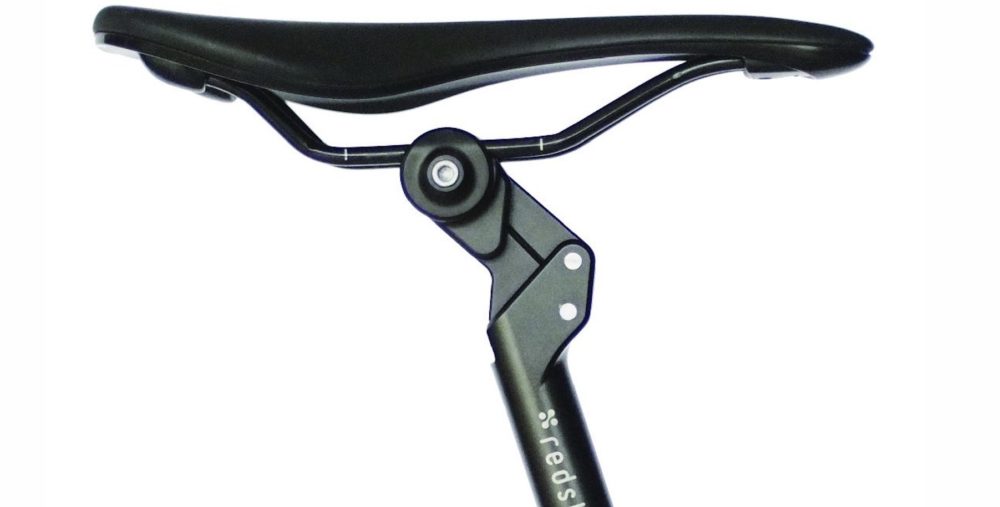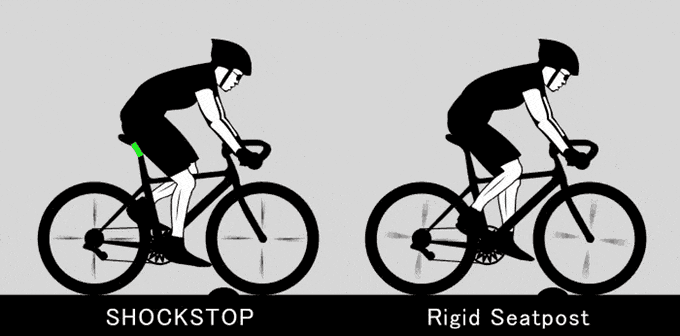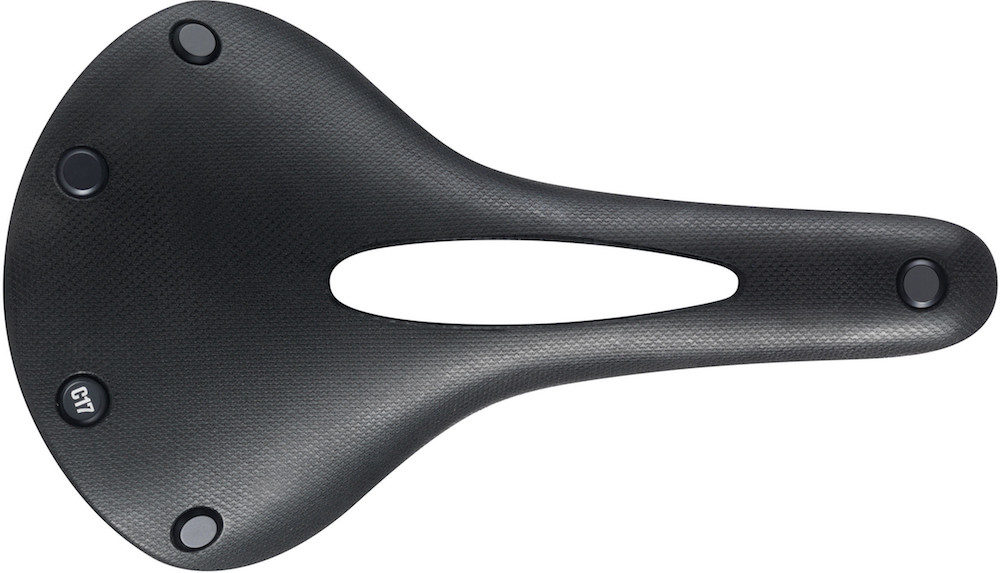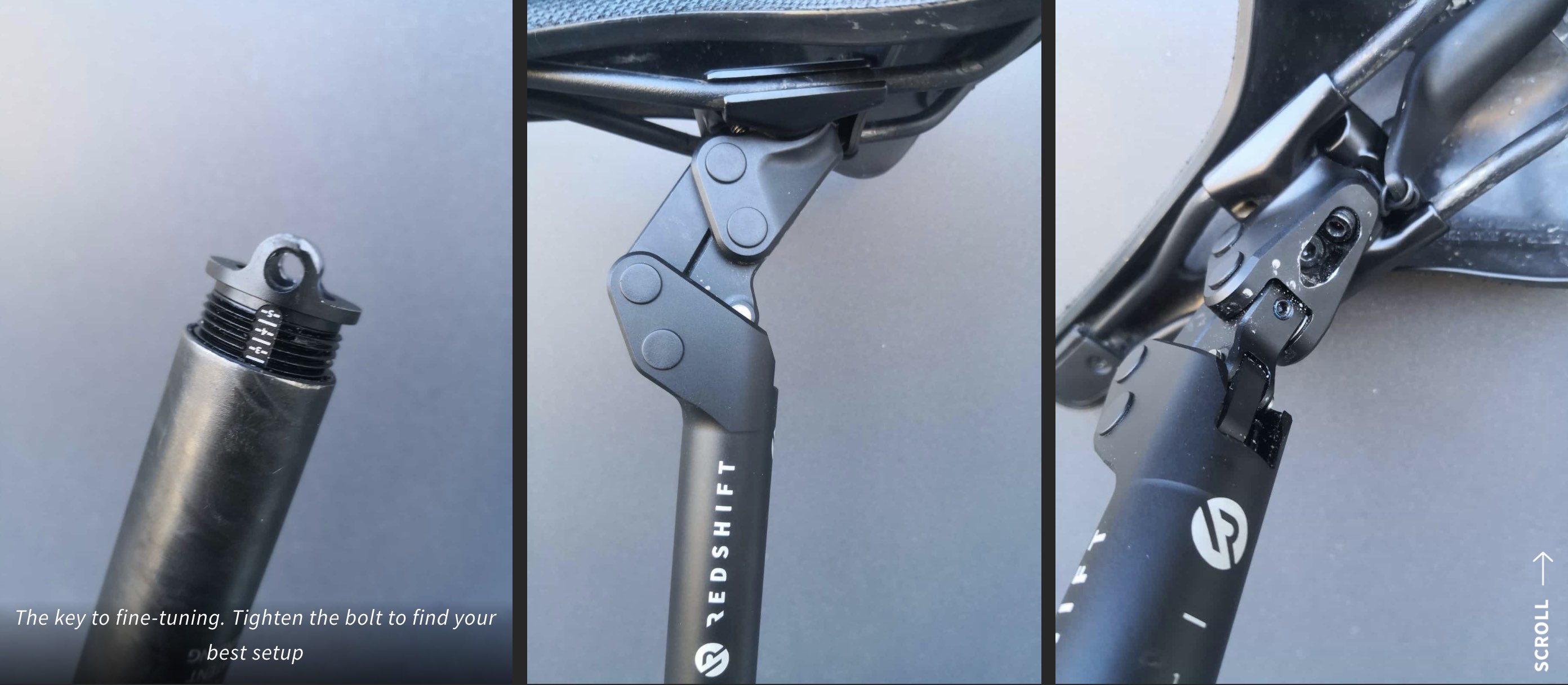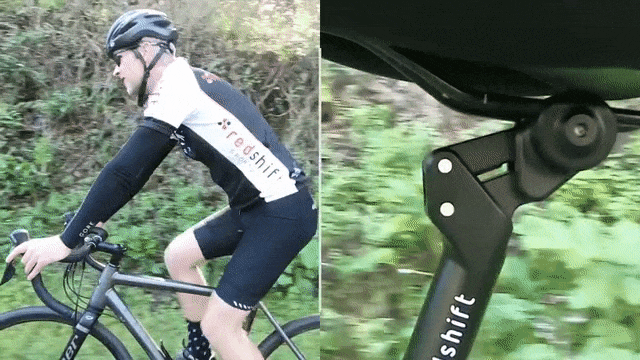Table of Contents
There are many suspension seatposts available these days, and they vary significantly in terms of both comfort and ride quality.
When I found out that Redshift would be offering a suspension seatpost, I was particularly excited to test it. After all, the Redshift ShockStop suspension stem is a proven comfort upgrade and has been a mainstay on my benchmark bike for some time now.
Redshift’s take on a suspension seatpost not only looks interesting, but it promises great performance.
A promise isn’t good enough for me, so let’s put it to the (vibration) test!
The Different Suspension Seatpost Designs
If you are looking for a suspension seatpost, you can currently choose between:
– Carbon leaf spring seatposts like the Ergon Allroad Pro
– Metal spring suspension seatposts like the Kinekt Active
– Elastomer spring suspension seatposts like Cane Creek eeSilk
– Air spring suspension seatposts like the PNW Coast
The Redshift ShockStop uses steel springs, and as you might know, springs are, well… springy. The main challenge when using springs in a seatpost is to minimise the ‘springiness’ as much as possible while also ensuring good performance.
I tested the Kinekt Active suspension seatpost recently, and while it was a very comfy solution, the ‘springiness’ was very apparent, no matter what setup I tried.
It got me wondering if the Redshift post would be any better. The short answer is… yes!
The Redshift ShockStop Suspension Seatpost
My first ride on the ShockStop post was using springs appropriate for an 80kg rider (I weigh 84kg). And it was bad. The bounciness was huge, and I managed to bottom out the seatpost quite heavily. So I went back home and tried a firmer preload setup.
I put an extra spring into the post, set the firmness to level 2 (for 90kg riders), and went for another test ride. Big surprise!
I don’t know if this is the effect of two springs working together or not but the feel changed for the better. There was no bottoming out and the suspension performance was quite noticeable.
On bigger bumps, there was still a lot of saddle movement up and down, so I adjusted the firmness a touch more (level 3 for 100kg riders). Another test ride and the feeling was even better.
In the end, I can say that 90% of the time I did not even feel the suspension doing its job (although it definitely was moving when I was looking at it). There was also no bounciness when pedaling hard.
But I found another issue, this time with my saddle.
The Brooks C17 is a very comfy saddle that can flex a lot while you ride. But in combination with the Redshift seatpost, the Brooks shell was moving a bit too much for my liking. So I swapped it for a firmer saddle (Prologo Scratch RS) and it felt a lot better. Perhaps, spring-based seatposts work better with firmer saddles…
But I did not stop there. I wanted to find out what would happen with a firmer suspension tune (this time to level 4).
Another test ride and another surprise!
This time I managed to create a small catapult. When riding hard on big bumps, the spring effect was so big that it was literally catapulting me from the saddle.
After that experience, I knew that level 3 was the best setting for me. Yet each of you will have to do all of this fine-tuning on your own to find the best possible setup.
What’s worth mentioning is that all this fine-tuning does not limit the available suspension travel, which is 35mm. Perhaps, less travel would mute the bounciness even more but Redshift told me that they wanted to find the best compromise – one seatpost solution for all types of riders.
Vibration Testing The Redshift ShockStop Seatpost
I used an Argon 18 Dark Matter gravel bike for this test. The bike was set up with Challenge GravelGrinder 700C x 42mm tires.
To make the suspension shine, I used a firm Prologo Scratch RS saddle and no padded shorts. The tire pressure was intentionally set quite high (40 psi) so that we can see the seatpost’s capability.
Vibration Test Results
You can see my vibration measurement procedure & outdoor test courses HERE.
The results are very clear. The Redshift suspension seatpost on firmness level 3 was much more comfortable than both my Ergon Allroad Pro and FSA carbon seatpost.
To be honest, I was not aware of how big a difference this seatpost made. On the bumpy forest trail, it was showing 24% fewer vibrations than the FSA K-Force carbon seatpost. And there were still 15% fewer vibrations than the Ergon!
The vibration differences were smaller on the fast gravel road, but impressive nonetheless. There was a 21% comfort improvement over the FSA K-Force carbon and a 9% comfort improvement over the Ergon.
Those are truly remarkable numbers.
I must say, although the bumpy forest route delivered huge comfort improvements, I think the Redshift suspension seatpost performs best on fast gravel roads with a lot of high-frequency vibration. You don’t notice the suspension working underneath, and you don’t feel any bounciness either.
The most surprising result for me was the difference between the Ergon Allroad Pro and Redshift ShockStop. I expected the difference to be quite minor.
But in Ergon’s defense, the Argon 18 Dark Matter gravel bike has a less exposed seatpost compared to my usual benchmark bike (Jamis Renegade). A longer lever will always flex more, so the suspension effect of the Ergon was a touch limited. But honestly, I don’t think a 30mm shorter seat tube would get the Ergon close to the Redshift’s comfort.
What Else Should You Know Before Buying One?
One crucial thing.
The saddle installation is not easy because access to the screws is difficult. I tried two different wrenches and still had a hard time accessing the bolts, and ended up scratching the seatpost near the screws. So choose your tools carefully!
The firmness adjuster (preload) at the bottom of the seatpost is no problem. Just remove the seatpost, tighten the cup, and put the seatpost back into your frame. It takes no more than a minute, and the numbers indicating saddle height help to get you to the right place.
What About Reliability?

The Redshift sestpost has a lot of moving parts so there is always a question of long-term reliability.
Alee has pedalled his Redshift ShockStop seatpost across a dozen countries and reported no reliability issues. And during my two weeks of heavy testing, there were no issues and no noises. But I will be able to say more on that matter in the coming weeks when I do more riding in heavy, winter conditions.
Summary
If you are after the best possible suspension seatpost – this is it!
But it’s not perfect. It’s a spring-based suspension setup after all, so the saddle will move down and up on a bigger hit, and you need to fine-tune the effect to get the most from your rides. And the installation could be a bit more user-friendly – but that’s a minor thing.
What counts is everyday comfort. And the Redshift suspension seatpost delivers that.
You can support the CyclingAbout Comfort Lab by purchasing a Redshift ShockStop seatpost on Amazon. Simply click HERE to make your purchase, and a small commission will come our way.


